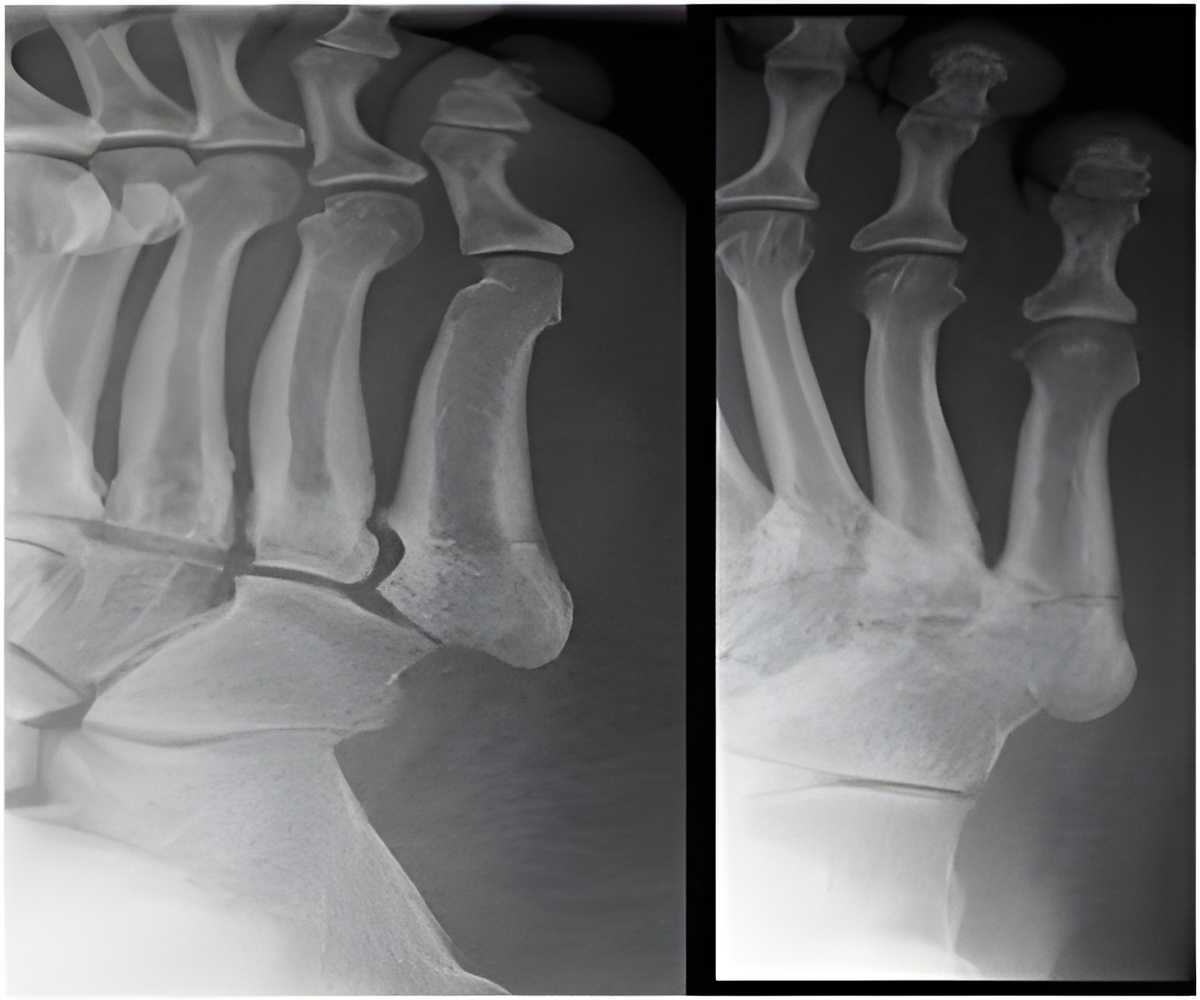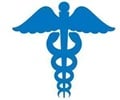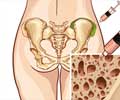It has emerged that investigators have begun to pay increasing attention to reversal cells, which prepare for bone formation during bone remodeling.

In adults, bones are maintained healthy by a constant remodeling of the bone matrix. This bone remodeling consists of bone resorption by osteoclasts and bone formation by osteoblasts. A failure in the delicate balance between these two processes leads to pathologies such as osteoporosis. How these two processes are coupled together is poorly understood.
"Reversal cells may represent the missing link necessary to understand coupling between bone resorption and formation and to prevent osteoporosis," says Jean-Marie Delaisse, PhD, professor of clinical cell biology at the Institute of Regional Health Services Research at the University of Southern Denmark and Vejle-Lillebaelt Hospital in Vejle.
Reversal cells actually cover more than 80% of the resorbed bone surfaces. Using histomorphometry and immunohistochemistry on human bone biopsies, researchers found that the reversal cells colonizing the resorbed bone surfaces are immature osteoblastic cells which gradually mature into bone forming osteoblasts during the reversal phase, and prepare the bone surface for bone formation.
Researchers also found that some reversal cells display characteristics that suggest an "arrested" physiological status. These arrested reversal cells showed no physical connection with bone forming surfaces, a reduced cellular density, and a reduced expression of osteoblastic markers.
Advertisement













